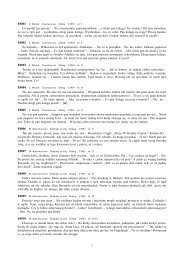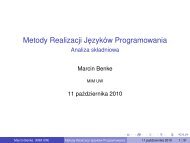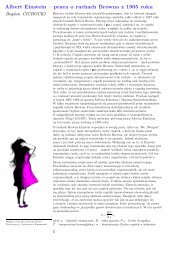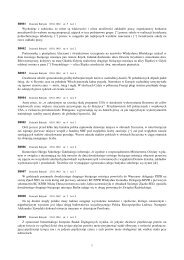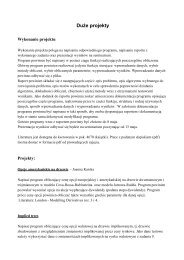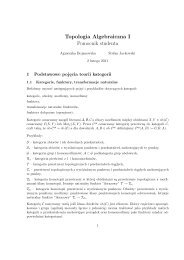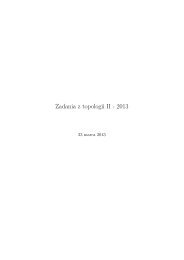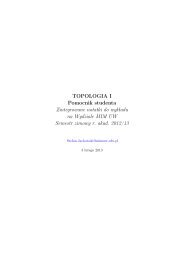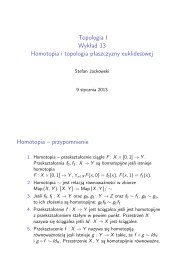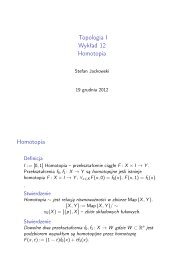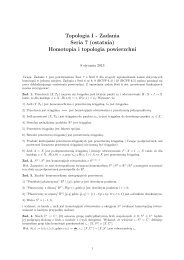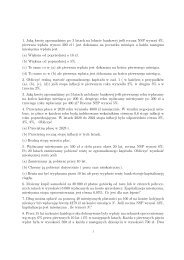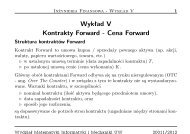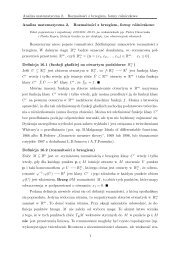Lecture 3 Pseudo-random number generation
Lecture 3 Pseudo-random number generation
Lecture 3 Pseudo-random number generation
Create successful ePaper yourself
Turn your PDF publications into a flip-book with our unique Google optimized e-Paper software.
We are going to apply this result for the case where A = [0, 1] 2<br />
and f(x) = 1 for all x ∈ A (i.e. we start with a two-dimensional<br />
uniformly distributed <strong>random</strong> variable) and choose the<br />
transformation<br />
x ↦→ h(x) =<br />
�√−2 �<br />
ln x1 cos(2πx2),<br />
√<br />
−2 ln x1 sin(2πx2).<br />
The inverse of this transformation is given by<br />
y ↦→ h −1 �<br />
exp(−�y�<br />
(y) =<br />
2 �<br />
/2),<br />
arctan(y2/y1)/2π.<br />
Computational Finance – p. 26



